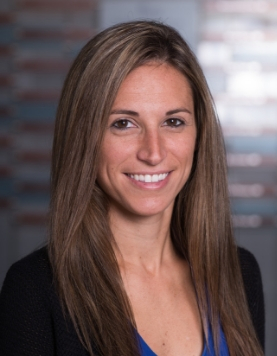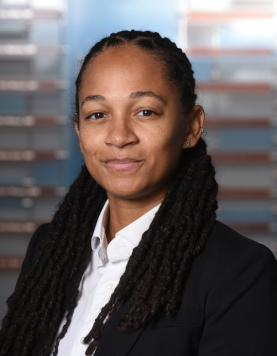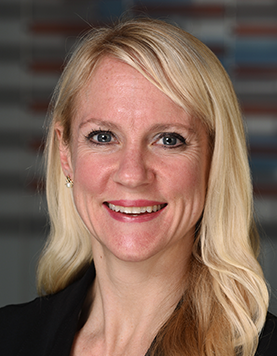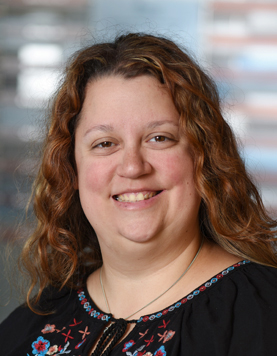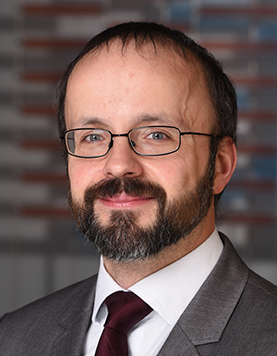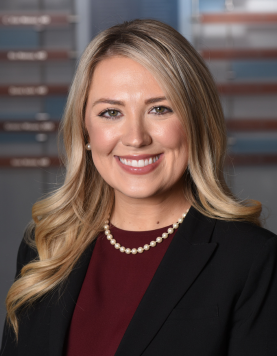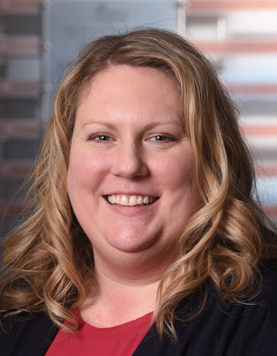what is clubfoot?
A clubfoot is a congenital foot abnormality. It is one of the most common pediatric orthopedic conditions. The heel tilts in and down, and the forefoot is also turned in. Without treatment, a patient with a clubfoot will walk on the outside of the foot which may produce pain and/or disability. A clubfoot is usually smaller in size than an unaffected foot. The calf is also usually smaller on the side of the clubfoot. One or both feet may be affected.
what causes clubfoot?
The exact cause of the clubfoot is unknown. There is most likely a genetic cause. Although, many children who have clubfoot have no other family members with the problem. It cannot be prevented, but it is treatable. A child with a clubfoot should still grow and develop normally and be able to walk, run and play sports.
treatment
Treatment can include casting, stretching, bracing and even surgery. The goal of treatment is a functional, pain-free foot with good mobility and strength. The orthopedics team at Dayton Children's offers fetal consults for patients families that have received a clubfoot diagnosis during pregnancy.
ponseti method
The most commonly used method today for the treatment of clubfoot is the called the Ponseti method. Dr. Ignacio Ponseti was an orthopaedic surgeon who developed and practiced this technique for almost 50 years at the University of Iowa before it became popular around the world. For more information about this method and clubfoot, visit http://www.global-help.org/.
serial casting
The Ponsetti method involves a series of weekly cast changes by your provider. The foot is positioned and molded gradually with the application of each cast. The cast extends from the toes to the top of the thigh. The cast is removed and changed every one or two weeks. This can take between 3-10 cast changes. The cast material may be a hard plaster or fiberglass. It may be removed in clinic or you may be asked to soak and remove the cast at home. Your cast care will be thoroughly discussed with you by your provider.
heel cord tenotomy
Casting is usually followed by a small surgical procedure called a “heel cord tenotomy”. This is necessary to release the tight heel cord. Your doctor may choose to do this in the office or the operating room. This involves a small incision where your surgeon will insert a knife into the skin to cut the heel cord. The incision is so small it usually does not require a stitch. This sounds very painful but is usually tolerated well with the use of local numbing medication. Your child may require Tylenol for 24 hours. If your doctor is going to do the tenotomy in the office, please expect that appointment to take longer than usual, sometimes, we will use a skin cream to numb the skin. The cream needs about 30 minutes to take effect. We will always ask parents to wait in the waiting room during the tenotomy. This is a surgical procedure done under sterile conditions and parents will not be allowed to stay in the room. A final cast is applied after the tenotomy which is usually left on for 2-3 weeks. Sometimes, a small spot of blood (up to an inch or two wide) may develop on the back of the cast. As long as it slows down and does not continue to bleed after a few hours, this is normal. If it exceeds the size of a half dollar, you should call and check with your doctor.
bracing
After casting is complete, patients will wear a special brace all the time for 3 months and then at night until 3 to 4 years of age. The brace is crucial to prevent the clubfoot from recurring.
the importance of bracing
The Ponseti manipulations combined with the tenotomy regularly achieve an excellent result. However, without a good follow-up bracing program, relapse occurs in more than 80 percent of cases. Patients who use the brace have a much smaller relapse rate. Prior to the Ponseti method of treatment, most patients with clubfoot were treated with a larger surgery (called a posterior medial release) to cut and release many of the tight structures in the foot. While this surgery went well for most children, many children had problems later in childhood because of stiffness and sometimes over-correction.
tips for parents to help make sure casting is successful
When you bring your child in for casting, please bring a bottle of milk or formula to help feed and relax them while the cast is being applied. If they have a favorite toy or soothing nursery music box, please feel free to bring that too.
surgery
If non-surgical treatment does not completely correct the foot or the foot deformity recurs, an operation will usually be successful in correcting the foot. Most patients wear a cast for 1 to 3 months following surgery. The cast may need to be changed during this period. After the cast is removed, your child may need to wear a special brace to help prevent the clubfoot from recurring. Surgery is sometimes the best option in patients with clubfeet due to neuromuscular conditions such as spina bifida or arthrogryposis.
schedule
It's never too early to meet with a member of Dayton Chidlren's orthopedics team about your child's clubfoot. If you are pregnant and learned that your child may have clubfoot, you can make an appointment online with one of our pediatric orthopedic specialists to discuss what to expect and learn more about treatment options.
Information for this web page provided by Dayton Children's specialists and KidsHealth.


